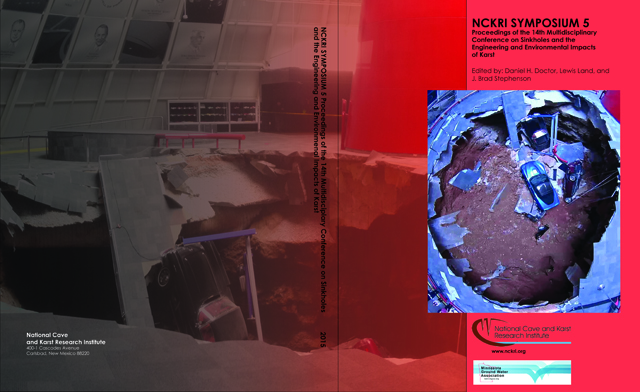Abstract
There are a variety of widely used methods for porous aquifer protection to assess the vulnerability of groundwater resources, such as DRASTIC; Depth to water, net Recharge, Aquifer media, Soil media, Topography, Impact of vadose zone, and hydraulic Conductivity, SINTACS; depth to ground water (S), effective infiltration (I), unsaturated zone attenuation capacity (N), soil attenuation capacity (T), hydrogeologic aquifer characteristics (A), hydraulic conductivity range (C) and hydrological role of the topographic slope (S). And GOD; Groundwater occurrence, Overlying lithology and Depth of groundwater . However, some more limited methods (including EPIK; Epikarst development, Protective cover, Infiltration conditions and Karst network development, PaPRIKa; Protection of karst Aquifers based on their Protection, Reservoir, Infiltration and Karstification type and COP; Concentration of flow, Overlying layers and Precipitation regime) are also suggested for karstic aquifer vulnerability analysis. The latter methods are applied using different parameters such as karst network development, depth of karstification, and protective cover. Due to the nature of the data, these methods are highly affected by local and regional climate conditions. Data gathering of these methods is difficult, time consuming and needs a full understanding of karst system. Data shortages, especially those related to karst formations in some parts of the world including the west part of Iran, and crucial demands for utilizing water resources demonstrate a great appeal to find a representative method for evaluation of these regions. Conventional methods of karst aquifer evaluations cannot be properly applied in the absence of a required karst data base; therefore, there is a need for a method that could be applied with the least amount of available data. The LEPT method introduced in this paper is a simple approach which provides rough evaluation of the general information gathered from karst areas of the west of Iran combined with field experiments. This method, which utilizes four parameters to assess the vulnerability of karst aquifers, was applied to the karst areas of Kermanshah (a province in the west of Iran) for the first time. Results of this approach categorize karst plains into four zones with very high, high, low and very low sensitivity in terms of their vulnerability to environmental impact; these classes positively correlated with field information. Keywords LEPT-Kermanshah- Karst vulnerability mapping – sinkhole- sensitive analyses
DOI
http://dx.doi.org/10.5038/9780991000951.1032
LEPT, A Simplified Approach for Karst Assessing Vulnerability in Regions with Sparse Data; A Case Study From Kermanshah Province, Iran
There are a variety of widely used methods for porous aquifer protection to assess the vulnerability of groundwater resources, such as DRASTIC; Depth to water, net Recharge, Aquifer media, Soil media, Topography, Impact of vadose zone, and hydraulic Conductivity, SINTACS; depth to ground water (S), effective infiltration (I), unsaturated zone attenuation capacity (N), soil attenuation capacity (T), hydrogeologic aquifer characteristics (A), hydraulic conductivity range (C) and hydrological role of the topographic slope (S). And GOD; Groundwater occurrence, Overlying lithology and Depth of groundwater . However, some more limited methods (including EPIK; Epikarst development, Protective cover, Infiltration conditions and Karst network development, PaPRIKa; Protection of karst Aquifers based on their Protection, Reservoir, Infiltration and Karstification type and COP; Concentration of flow, Overlying layers and Precipitation regime) are also suggested for karstic aquifer vulnerability analysis. The latter methods are applied using different parameters such as karst network development, depth of karstification, and protective cover. Due to the nature of the data, these methods are highly affected by local and regional climate conditions. Data gathering of these methods is difficult, time consuming and needs a full understanding of karst system. Data shortages, especially those related to karst formations in some parts of the world including the west part of Iran, and crucial demands for utilizing water resources demonstrate a great appeal to find a representative method for evaluation of these regions. Conventional methods of karst aquifer evaluations cannot be properly applied in the absence of a required karst data base; therefore, there is a need for a method that could be applied with the least amount of available data. The LEPT method introduced in this paper is a simple approach which provides rough evaluation of the general information gathered from karst areas of the west of Iran combined with field experiments. This method, which utilizes four parameters to assess the vulnerability of karst aquifers, was applied to the karst areas of Kermanshah (a province in the west of Iran) for the first time. Results of this approach categorize karst plains into four zones with very high, high, low and very low sensitivity in terms of their vulnerability to environmental impact; these classes positively correlated with field information. Keywords LEPT-Kermanshah- Karst vulnerability mapping – sinkhole- sensitive analyses

